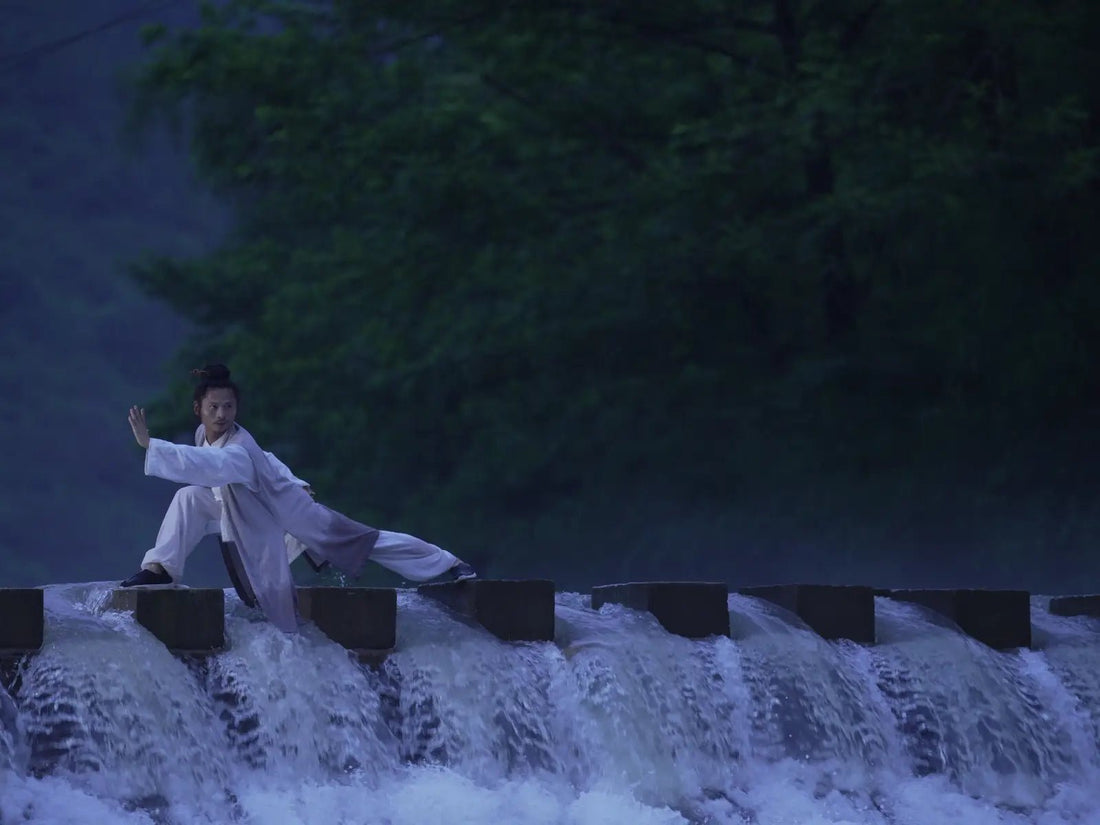
Understanding "Jin": The Internal Power of Tai Chi
Share
In Tai Chi, we often talk about "Jin" (劲), which is more than just physical strength. It's a refined, cultivated power—a unique mechanical structure that encompasses a variety of elements, including Jing (essence), Qi (vitality), Shen (spirit), Yi (intent), and Li (force). Jin embodies the very attributes of Tai Chi: balance between emptiness and solidity, hardness and softness, Yin and Yang.
True Tai Chi power isn't about brute force; it's a sophisticated, elevated strength that has been improved and refined in terms of its magnitude, direction, point of application, and dynamic transmission.
Cultivating Jin: The Method
The cultivation of Jin is a gradual process that develops over years of practice through specific training methods.
- For Whole-Body Jin: Consistent practice of Zhan Zhuang (standing stance) and Tai Chi forms is essential. This builds an integrated power that flows seamlessly through your entire body, a quality known as "one continuous Qi."
- For Sensing and Applying Jin: Pushing Hands (Tui Shou) and real-world applications are key. These practices enhance your ability to sense your opponent's Jin and apply your own with precision and control.
The Three Stages of Jin in Motion
The application of Jin can be broken down into three core stages: Transporting, Storing, and Releasing.
1. Transporting (Yun)
- The Method: "Transporting Jin is like unreeling silk." This means the Jin must flow smoothly, continuously, and without interruption, like a fine thread being drawn from a cocoon.
- The Path: The power originates from the foot, is driven by the leg, focuses at the waist, and expresses itself through the fingers. In practice, you guide your Jin with your Yi (intent) along a specific pathway: from the foot, to the leg, to the waist, to the spine, to the shoulder, to the elbow, to the heel of the palm, and finally along the pinky, ring, middle, and index fingers to the thumb and palm.
2. Storing (Xu)
- The Method: "Storing Jin is like drawing a bow." This means the Jin must be curved and contained, held in reserve with a sense of tension and readiness. It's like a compressed spring—first it's pressed down, then it's released. It's a state of readiness, where power is stored and waiting to be unleashed.
- The Practice: As your movements become more curved and contained, your Qi should be drawn from both shoulders to your spine and centered at your waist.
3. Releasing Power (Fa Jin)
Releasing power (Fa Jin) is like shooting an arrow: a focused, direct, and clean release of energy.
- Calm & Focused: The power is released in a calm, focused line to a single point.
- Spinal Power: The energy originates from the Mingmen (Life Gate) point in the spine.
- Unified Body: The release is a single, unified action from the foot, through the leg, and to the waist.
Understanding and practicing these principles will allow you to move beyond simple force and cultivate the profound, integrated power that is the true hallmark of Tai Chi.
